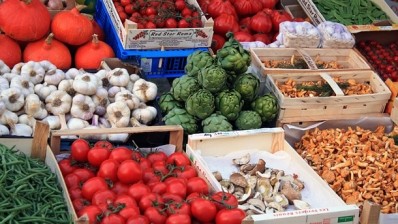ASK THE EXPERTS
How to get the best value from food and drink suppliers

Because produce prices change frequently, it is always wise for pubs, restaurants and hotels to carry out regular price checks to ensure they are getting the best value from their current providers. To ensure you get the most from this process, here is a practical check-list.
Get benchmarking right
The Chartered Institute of Purchasing and Supply (CIPS) promotes benchmarking - the practice of comparing prices, quality and other aspects of a product or service with others - as an activity that, if correctly applied, can provide valuable improvements in managing purchasing. Comparing the cost, delivery time or quality of one product or supplier against another can provide a highly effective measure of food costs to help maximise best value for your business.
How best to benchmark
To ensure your benchmarking exercise is valid, it is essential that any comparisons are made on a like-for-like basis and that the type and volume of products analysed are a true reflection of what you actually use. In addition, the benchmarker (the person carrying out the price comparison) should be including non-competitive products and not just those where their own pricing could be considered favourable.
Pack sizes
Smaller pack sizes, usually of a different brand, are sometimes used to compare prices. Any benchmarking should be taking into account the pack size differences and adjusting the new size accordingly.
Volumes
Ensure the benchmarker hasn’t assumed that you are buying one of every product, instead of taking into account the volumes of each product purchased over a period of time.
Brands
If you generally use a particular brand of product, be vigilant to them being switched to non-branded or cheaper alternatives in order to achieve a more competitive price, as the alternative brand may be inferior and may not have the same yield.
Using a loss leader
Be mindful of having loss leader products (products sold at a lower price, which are at, or below the market cost) forming part of your benchmarking. These products are normally listed at competitive prices for a limited period only and can often revert to a much higher price after a short initial period.
Hidden management fees
Once you have been through the process above, be sure to ask suppliers about any additional fees. You should feel confident that the savings you have achieved will not then to be lost through hidden management fees or services such as delivery charges.


























